Whilst there are quite a few stories of animal, plant and fungi species heading at dangerous speeds toward being extinct in the wild (or worse, species that have already gone extinct), there are positive news stories to be inspired by too.
All around the world, there are species’ populations that have recovered to safer levels thanks to the intervention of hard-working and passionate conservationists. In some cases, these are relatively common species that have faced or suffered local extinctions (also known as extirpation), such as the red kite in the UK.
Writer Tamara Hinson showcases some of the animals that have bounced back, from the chequered skipper butterfly in the UK to the eastern barred bandicoot in Australia.
12 animal species that have come back from the brink of extinction
Arabian oryx
By 1960, the Arabian oryx was in real trouble in the wild. Climate change and increased drought frequency may have played a part in the antelope’s demise, and capture for private collections will not have helped and was declared extinct in the wild.
However fortunately in 1962 a plan was launched to catch enough animals to establish a captive-breeding herd with the goal of re-introduction to the wild.
Within a year, there was breeding success at Phoenix. Gradually, the World Herd was distributed across Los Angeles Zoo and San Diego Zoo in California and, later, the Gladys Porter Zoo in Texas.
The most recent assessment (2016) revealed a wild population of 1,200 individuals, alongside a managed population of 6,000-7,000. There may be more.
Blue iguana (Cyclura lewisi)

All other iguanas look rather boring once you’ve clapped eyes on this beauty, only found in the Cayman Islands and once on a fast-track to extinction due to the combined forces of development, human disturbance, increasing road traffic and introduced animals. By 2002, just 15 or so remained.
The reptile’s fortunes changed when Cambridge University student Fred Burton took up a post in the islands’ Mosquito Research and Control Unit in the 1980s and stumbled across one individual while out on a survey. Smitten, he dedicated his work life to protecting this iconic animal through a breeding programme launched in 1990. In 2018, the 1,000th blue iguana was released into the wild. With the population restored, work is now focussing on conservation.
Gould's mouse (Pseudomys gouldii)
The comeback kid of the rodent world, Western Australia’s Gould’s mouse had been thought extinct for more than 150 years. Its demise, tied to the arrival of Europeans, who introduced invasive species such as feral cats and foxes, was then exacerbated by the clearance of land for agriculture.
A bolt from the blue came in early 2021, when scientists from the Australian National University discovered that the Shark Bay mouse, which lives on a handful of islands off Western Australia, is – in genetic terms – virtually identical to Gould’s mouse. Numbering just 2,000, the mouse isn’t out of the woods yet, but ecological restoration initiatives, such as the Return to 1616 project, could help to ensure its survival.
Red kite (Milvus milvus)
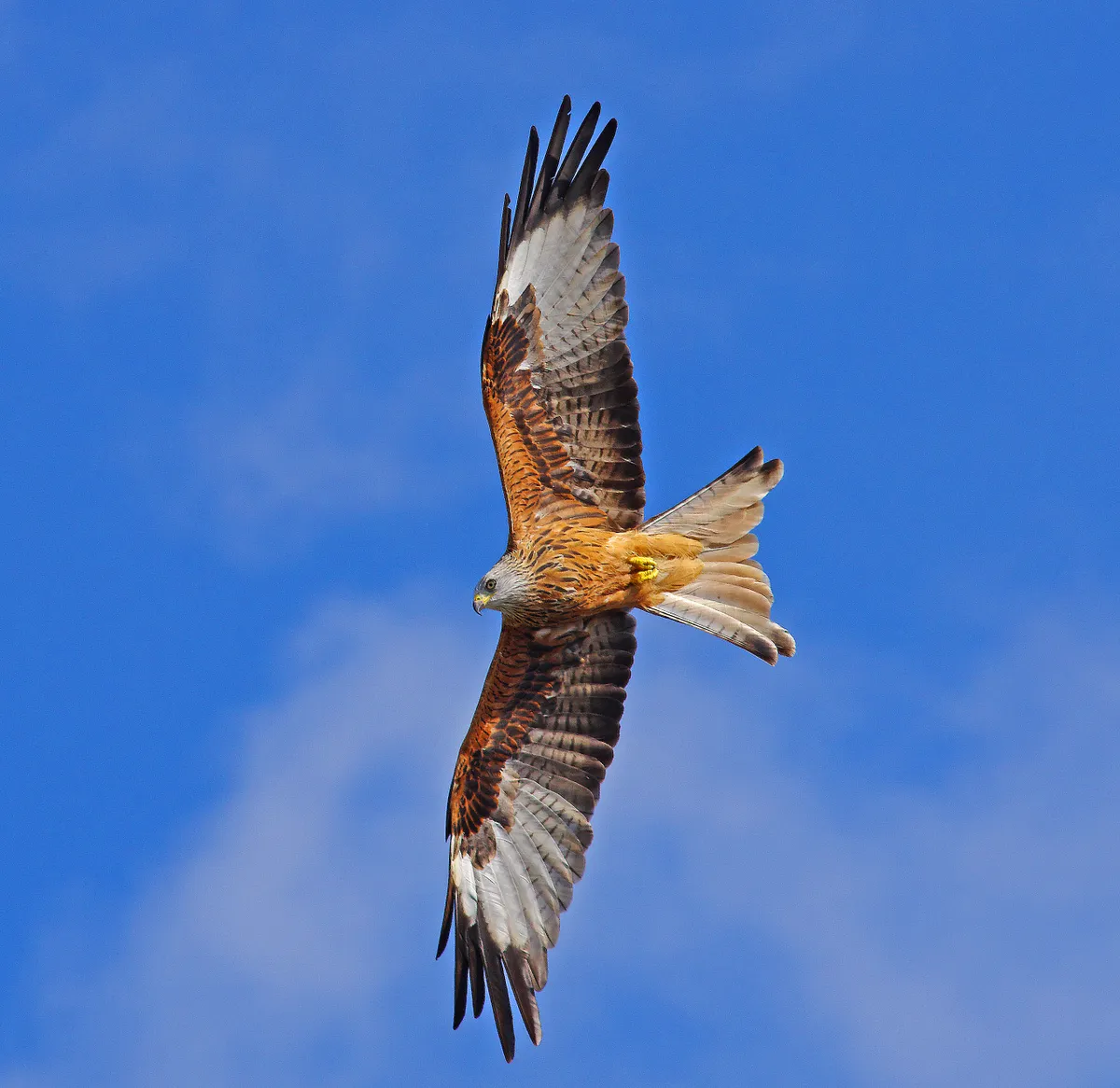
This raptor is possibly one of the biggest success stories in UK conservation history. Red kites had vanished from England by 1871 and from Scotland by 1879, wiped out by human persecution. By 1903, just a few clung on in Wales. Conservation efforts started in earnest, yet numbers remained low.
Where to see red kites in the UK
In the past 30 years, red kites have been reintroduced to the Chilterns, East Midlands, Yorkshire and north-east England. They were initially brought to the UK from Spain and Germany, but the Chilterns reintroduction proved so successful that those birds were used to repopulate other areas. Red kites are now one of the UK’s fastest increasing species, thanks largely to work by larger organisations, such as the RSPB, alongside smaller projects, such as Argaty Red Kites, home to central Scotland’s only red-kite feeding station.
The red kite's scientific name, Milvus milvus, is an example of a tautonym, where the genus and species name are the same.
Northern pool frog (Pelophylax lessonae)

Similar in size to the common frog, the northern pool frog – only found in East Anglia and a handful of northern European countries – vanished from England in 1995 after falling water levels rendered its breeding ponds unsuitable. A decade later, a top-secret project kicked into gear, which aimed to return these amphibians to Norfolk.
Every year for three years, 30 adults were transported from a population in Sweden to a site still mysteriously referred to as Site X. Spawn from these pioneers has generated a thriving new population, and between 2018 and 2021, both tadpoles and frogs were successfully reintroduced to Thompson Common, managed by the Norfolk Wildlife Trust – the site where they were last seen.
American bison (Bison bison) and European bison (Bison bosanus)
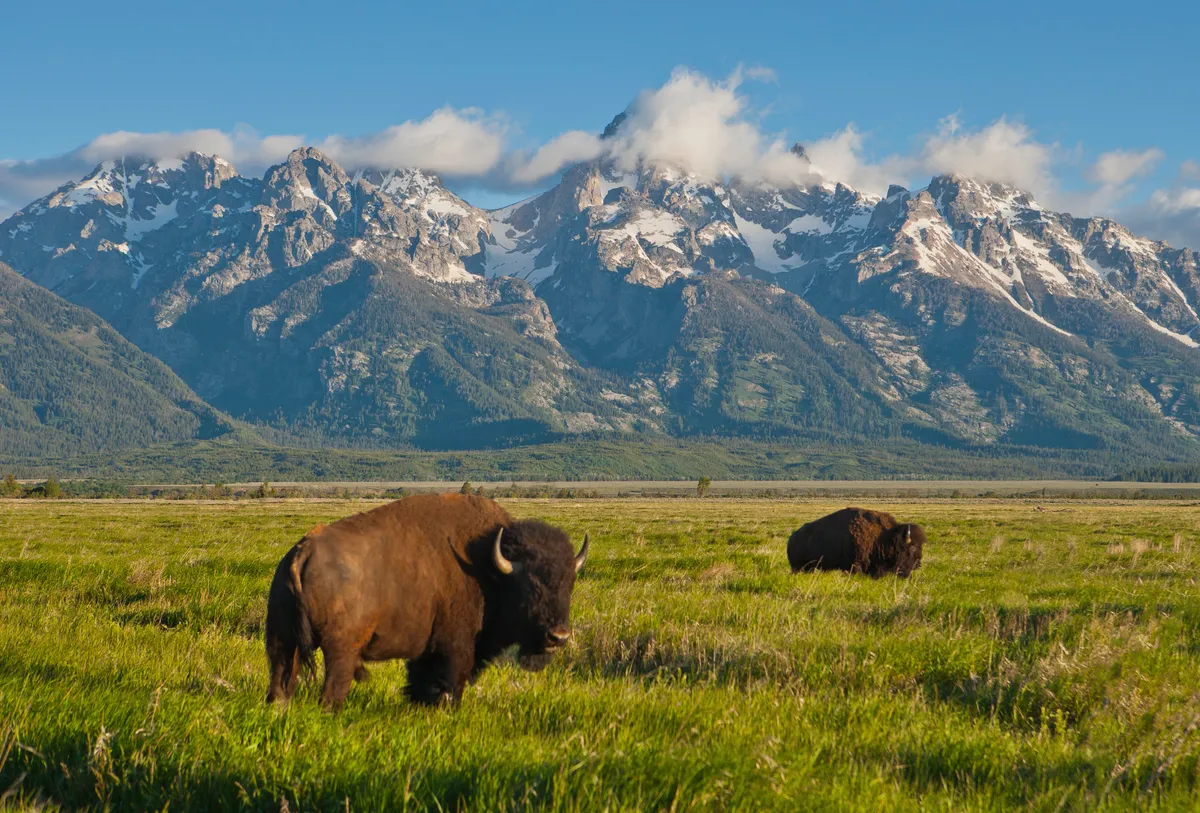
60 million bison once roamed the North American plains, but by the end of the 19th century, fewer than 600 remained. As slow-moving, easy targets, they were hunted ruthlessly for hides and meat; for sport (William Cody, AKA Buffalo Bill, claimed to have killed 4,280 in 18 months); and as a way to starve indigenous people into submission. The creatures’ fortunes started to change in the late 1800s, when a small number of ranchers started to rear their own herds – bred from captive bison – before re-releasing them into the wild.
- What is Europe’s largest land mammal?
- Prehistoric aurochs are back from extinction and spreading across Europe. And they could be heading to the UK
Today, American bison number about 500,000, and there are numerous safeguards to ensure the species’ survival, including the National Bison Legacy Act of 2016, signed by President Obama. One of the purest bison herds can be found in Yellowstone National Park – the only place where bison have lived continuously since prehistoric times. Visit in May to see the park’s so-called red dogs – baby bison, known for their rust-hued fur.
The American bison's scientific name, Bison bison, is an example of a tautonym, where the genus and species name are the same.
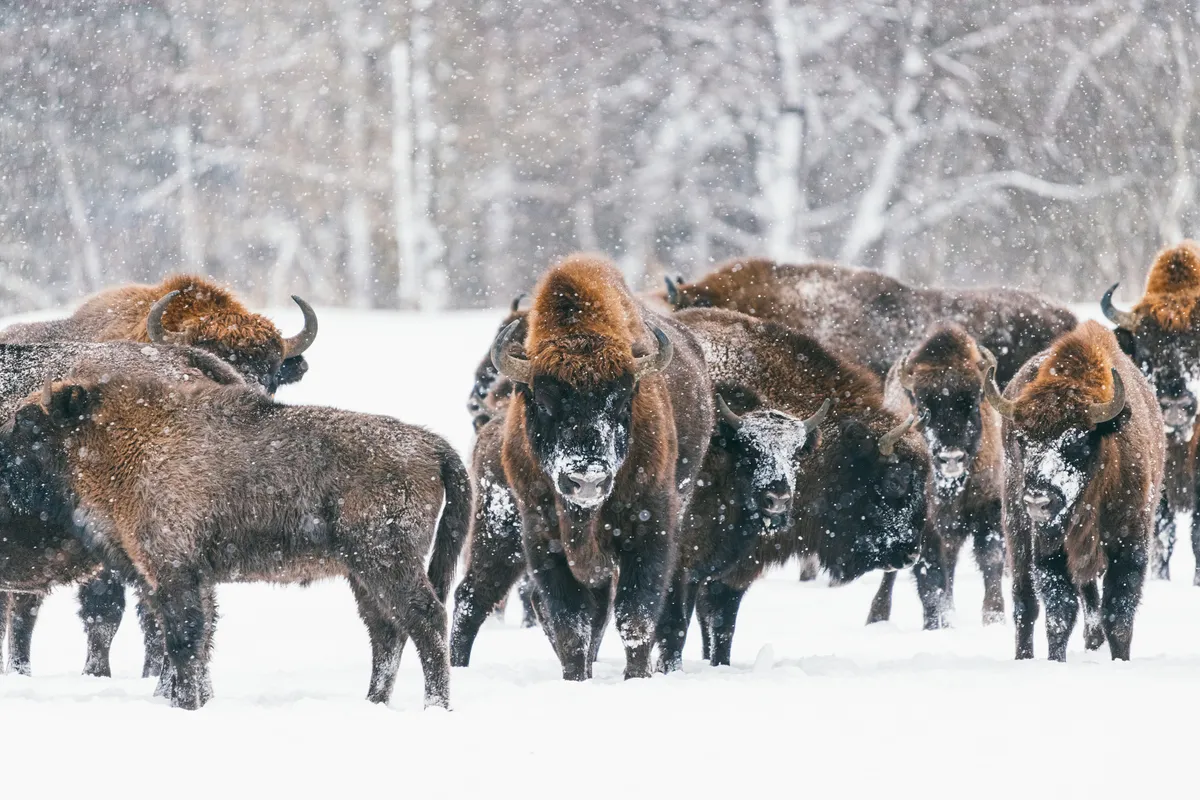
European bison reached the brink of extinction in the wild by the 19th century, threatened by hunting and forest destruction, and were hanging on in just a couple of locations. But by the 1920s, both wild herds had become extinct, after the First World War meant that hungry soldiers and civilians turned to these large mammals for food.
Fortunately, there were some animals in captivity. From 54 bison, new herds were created and reintroduced to the wild. And in spring 2022, there are plans to introduce a small European bison herd to Kent within a large and enclosed 210ha of woodland.
Chequered skipper butterfly (Carterocephalus palaemon)
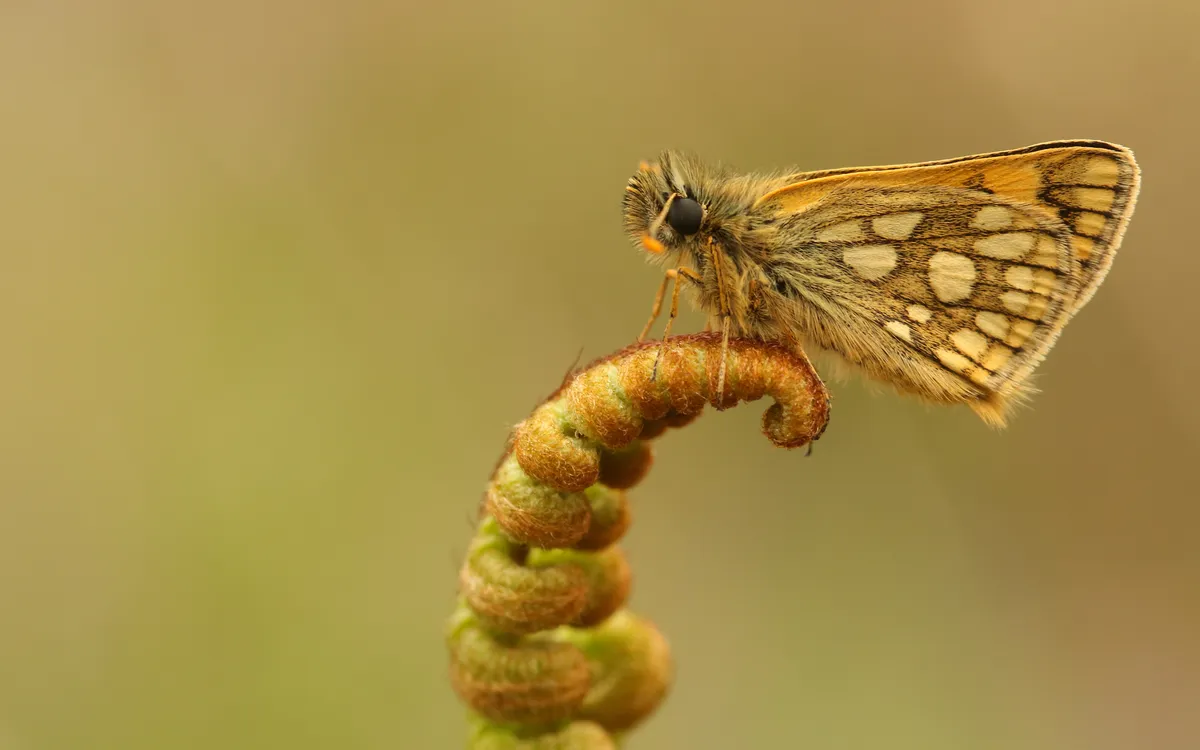
This delicate orange-and-brown beauty flew its last flight in England in 1976, a result of the loss of the open, damp woodland rides and clearings on which it depends. In 2016, a host of conservation organisations from the Back from the Brink project banded together to restore it, using individuals from the Ardennes forests of Belgium.
Translocations were carried out in 2018 at 16 sites in Rockingham Forest in Northamptonshire, and in May 2019, the first English-born adult was sighted. Monitoring is showing that the species is recovering well. The project has also been a success for the local community – engaging nearly 4,000 people.
Eurasian beaver (Castor fiber)

Throughout the UK, beavers are bouncing back. Once prized for their soft, thick fur and perfume-like musk, these super-sized rodents were hunted to extinction in the 16th century. Conservationists spent years fighting for their reintroduction, buoyed on by successful programmes on the continent that have seen beaver dams help to restore wetlands, reduce flooding and boost insect life.
- Beaver vs otter: what's the difference between these charismatic river dwellers?
- Canada may not have existed as we know it today if it wasn’t for the beaver. Here's why
When wild beavers were spotted on the River Otter in 2013, Devon Wildlife Trust persuaded DEFRA to allow them to conduct a five-year assessment, the results of which hammered home the many benefits of living alongside beavers. Since then, there have been releases throughout England, Scotland and Wales. In September 2021, three generations of the same beaver family were spotted on the River Avon – thought to be the first time beavers have established themselves without human help in 400 years.
Rarotonga flycatcher (Pomarea dimidiata)
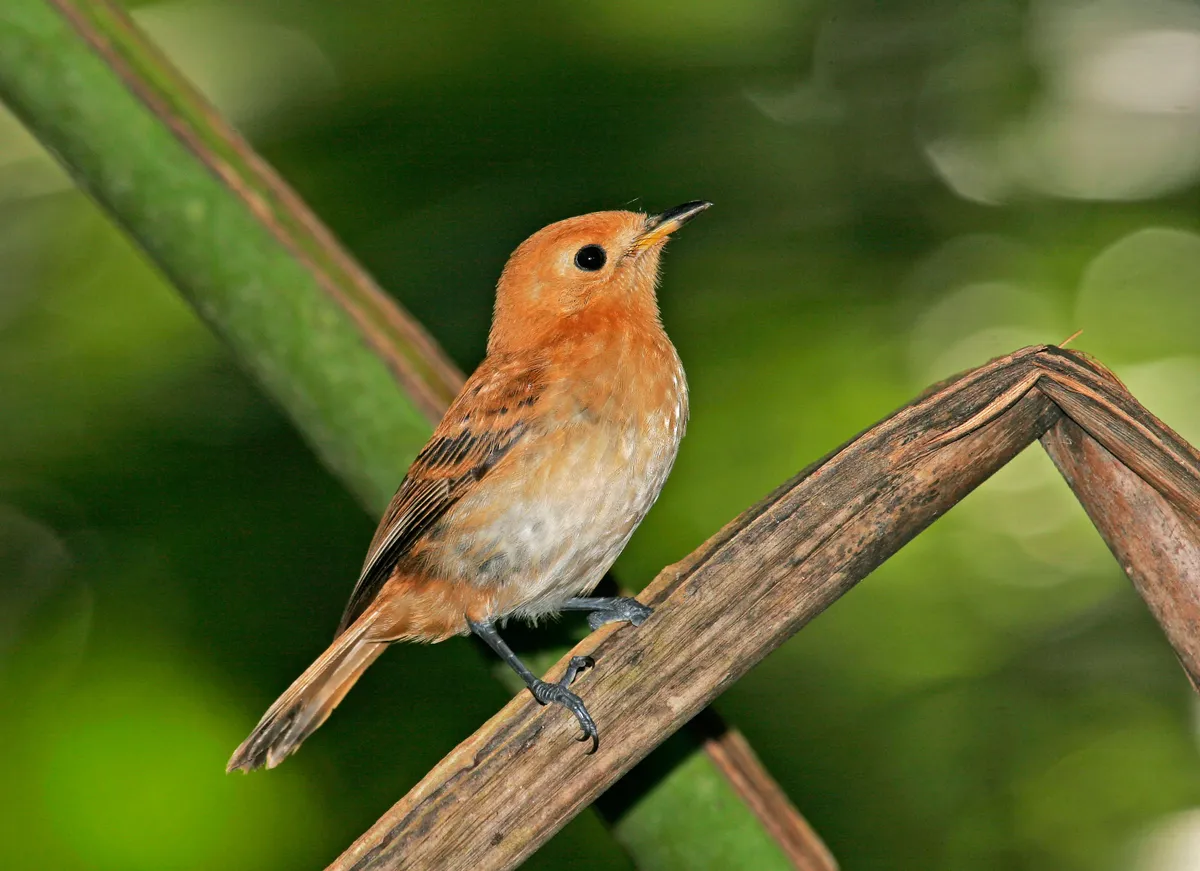
This small, beautiful bird (also known as the Rarotonga monarch or kakerori) is native to Rarotonga, the largest of the Cook Islands. Many of the archipelago’s birds went extinct in the 19th century, following the arrival of Europeans, who introduced cats to the islands, though rats are also a major threat. The flycatchers were presumed extinct until surveys in the 70s and 80s uncovered small numbers. Then, in the 1980s, the Cook Islands Conservation Service initiated the Kakerori Recovery Programme, which helped to reduce the number of rats and protect the birds’ nests.
There are now more than 400 Rarotonga flycatchers on the island, and they’re spreading their wings. In fact, between 2001 and 2003, 30 birds were moved to the nearby island of Atiu, a foundling population that had swelled to a least 123 by 2018.
Eastern barred bandicoot (Perameles gunnii)

2021 marked a major milestone in the world of species recovery – the first time that an Australian species has been reclassified from extinct in the wild to endangered. The creature in question is the eastern barred bandicoot, a rabbit-sized marsupial native to the states of Victoria and Tasmania, whose numbers were decimated by a combination of both habitat loss and an increase in the number of predators.
By the late 1980s, only 150 remained, prompting the creation of a recovery team tasked with saving the species from extinction. Predator-free, fenced reintroduction sites were established with the help of Zoos Victoria, which also ran a captive-breeding programme. In 2021, the Victoria government announced that the species’ status had been downgraded. Interestingly, conservation-minded canines proved crucial to the recovery. At a nature reserve in Dunkeld, Victoria, specially trained guardian dogs protect the eastern barred bandicoots by keeping predator foxes at bay.
Echo parakeet (Psittacula eques)
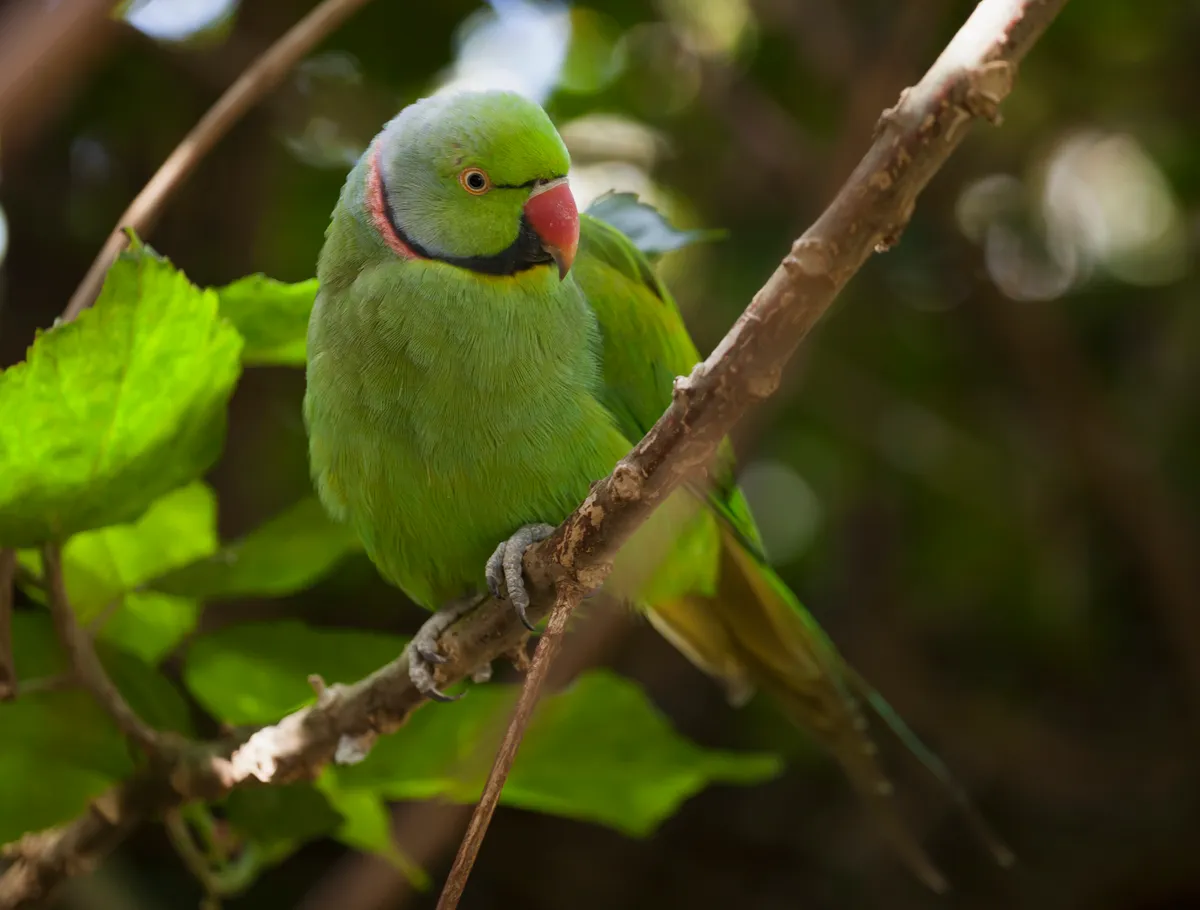
Feral cats were one of many factors, along with loss of habitat and food, that spelled disaster for this neon-drenched endemic of Mauritius. Numbers, in steady decline since the late 17th century, had plummeted to about 20 by the 1980s. Luckily, the Mauritian Wildlife Foundation, aided by the Zoological Society of London, came to the parakeet’s rescue with the launch of various conservation projects.
One of these involved creation of the Black River Gorges National Park in 1994, which is now home to a thriving, 700-strong population; a secondary population is becoming established in the Bambous Mountains. In 2019, the species’ status was downgraded from endangered to vulnerable.
Spix's macaw (Cyanopsitta spixii)
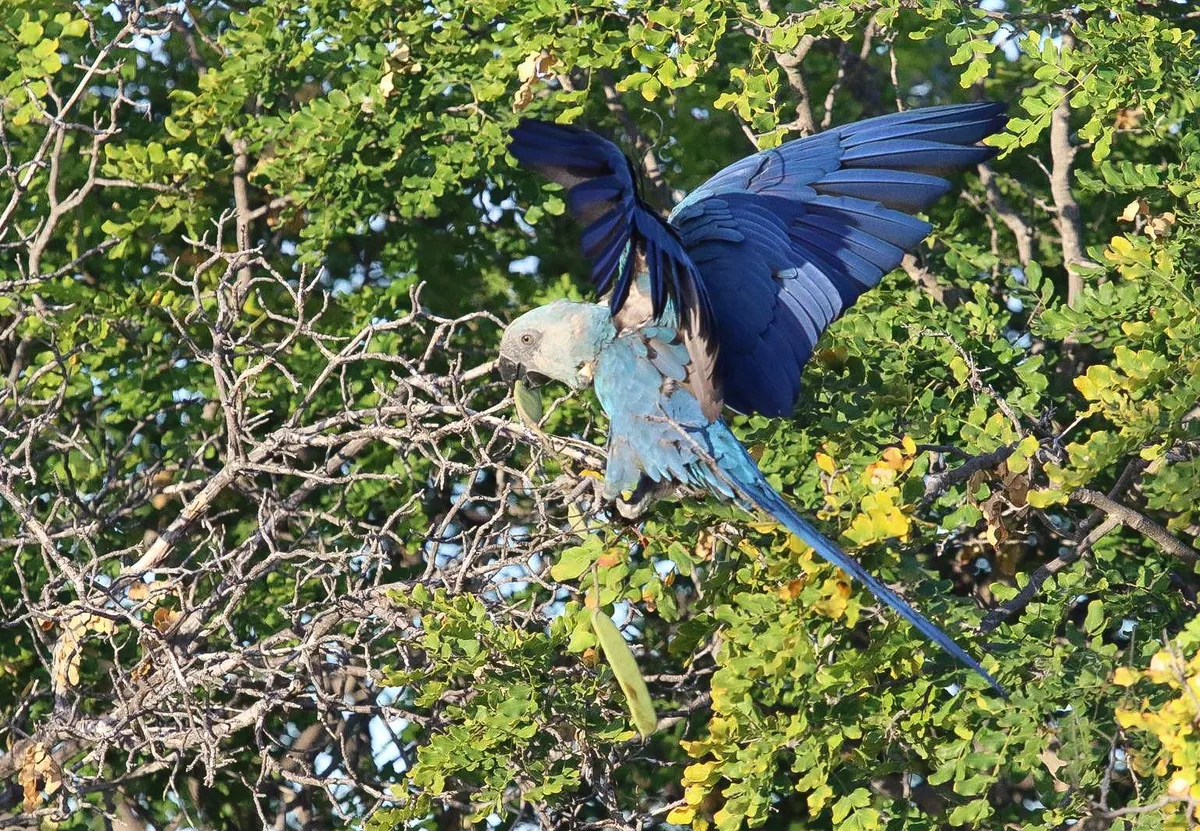
Spix's macaw is the latest species to return from the brink of extinction and be reintroduced into its native Brazil, thanks to a remarkable conservation effort. Its plight was highlighted in the 2011 animated film Rio, which told the story of a caged Spix's macaw named Blue and helped raise awareness of the species on a mass scale.
Named after the German naturalist Johann Baptist Ritter von Spix who first discovered the distinctive blue parrot in 1819, Spix's macaw was declared extinct in the wild by the turn of the millennium. Around two dozen Spix's macaws were being held in private collections around the world, which were gathered together to launch a captive-breeding programme. In 2022, eight were released back into the wild, accompanied by eight wild Illiger's macaws, who acted as trainers for the Spix's macaws, who had reduced instinctive survival skills following their time in captivity.
